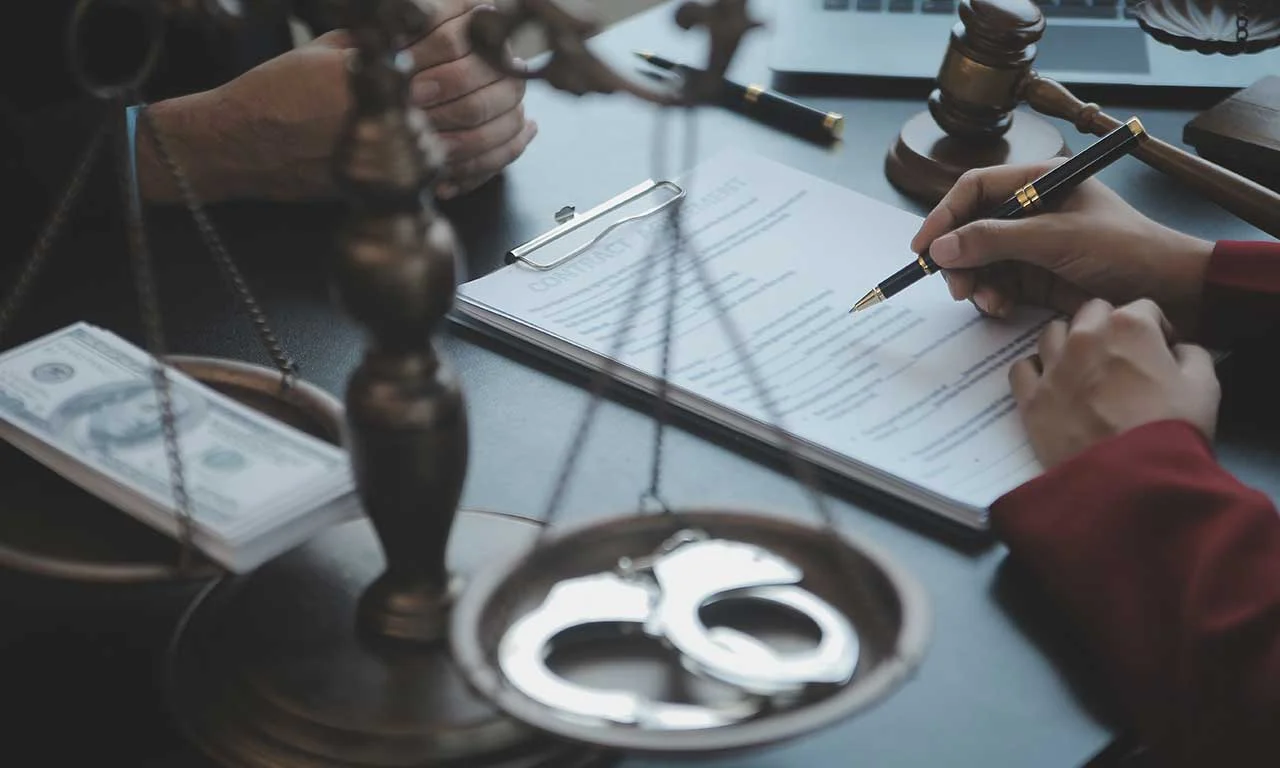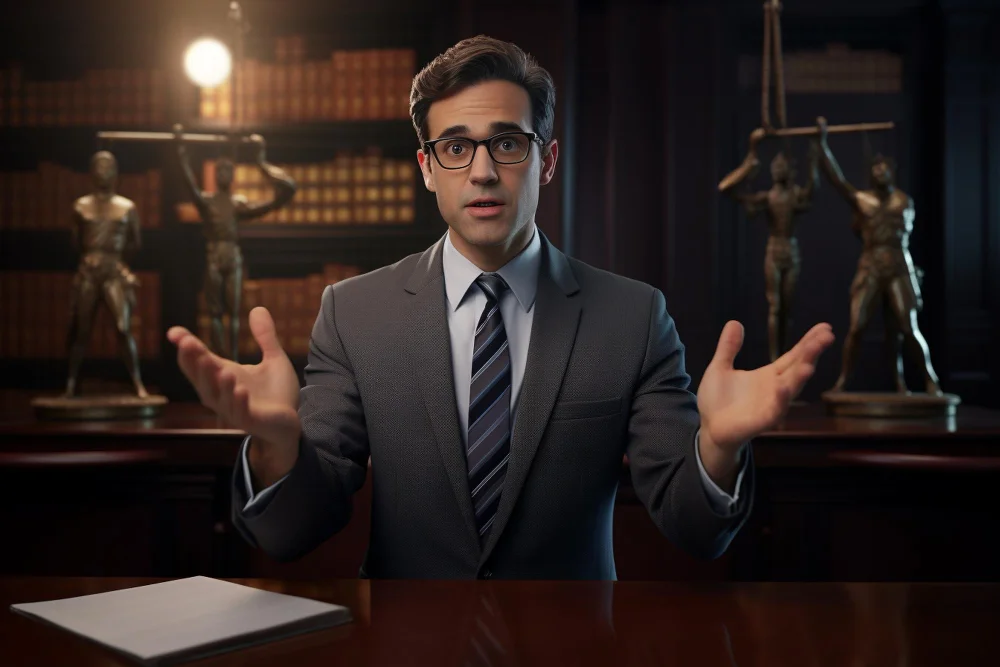Criminal and civil liability concepts play significant roles in determining the consequences and remedies for various offenses in law. While both involve legal responsibility for wrongful actions, they differ in several key aspects, including the nature of the crime, the burden of proof, the parties involved, and potential penalties. Individuals can better understand the legal system and its mechanisms by understanding these differences. It is essential to hire top personal injury attorneys; one who is an expert to handle your personal injury case. Explore the fundamental differences between criminal and civil liability.
Nature of the Offense
Criminal liability arises from acts committed against society, considered offenses against the state. These offenses are codified in criminal laws and are typically prosecuted by government entities such as the police and district attorneys. They encompass crimes like murder, theft, assault, and drug trafficking, seen as threats to public safety and order.
On the other hand, civil liability pertains to disputes between private individuals or entities involving claims of harm or infringement of rights. Civil offenses, also known as civil wrongs or torts, encompass actions such as negligence, defamation, breach of contract, and personal injury. Civil liability primarily aims to compensate the injured party for their losses rather than punish the wrongdoer.
Burden of Proof
Another critical difference between criminal and civil liability is the burden of proving guilt or liability. In criminal cases, the responsibility lies with the prosecution, who must prove the defendant’s guilt “beyond a reasonable doubt.” This high standard of proof ensures that the accused is not wrongfully convicted, as a person’s freedom is at stake. The defendant must be acquitted if the prosecution fails to meet this burden.
Civil cases have a lower burden of proof. The plaintiff, or the party bringing the lawsuit, must demonstrate their point by a “preponderance of the evidence.” This means that the evidence presented must show the defendant is liable for the harm or breach alleged, most likely or not. While this standard is less demanding than the one in criminal cases, it still requires a convincing demonstration of liability.
Parties Involved
The parties involved in criminal and civil cases also differ. In criminal liability, the state, represented by the government, brings charges against an individual or entity accused of committing a crime. The prosecutor acts on behalf of the state, aiming to establish the defendant’s guilt and secure a conviction. The defendant may face imprisonment, fines, probation, or community service if found guilty.
In civil liability, the parties involved are private individuals, organizations, or corporations. The person claiming to have suffered harm is the plaintiff, while the defendant is the individual or entity accused of causing the harm. The plaintiff seeks compensation or specific remedies from the defendant, such as monetary damages or injunctive relief, to address the harm suffered. Top personal injury attorneys can defend both.
Penalties and Remedies
The penalties and remedies associated with criminal and civil liability are also distinct. Criminal penalties are primarily punitive, aimed at punishing the offender for wrongdoing and deterring others from committing similar acts. These penalties can include imprisonment, fines, probation, mandatory counseling, community service, or even the death penalty, depending on the severity of the offense and the jurisdiction’s laws.
In civil cases, the focus shifts towards compensating the injured party for their losses and restoring them to their pre-harm condition. The remedies sought may include monetary damages to cover medical expenses, property loss, emotional distress, or loss of income. Civil cases can also seek non-monetary remedies, such as injunctions to prevent further harm or specific performance to enforce contractual obligations.
Final Thoughts
Understanding the key differences between criminal and civil liability is crucial for comprehending the legal system’s intricacies. At the same time, criminal liability deals with offenses against society and punishment, and civil liability centers around disputes between private parties and aims to provide compensation and remedies. By recognizing these distinctions, individuals can navigate the legal landscape more effectively and make informed decisions. It is best to take advice from top personal injury attorneys.


















